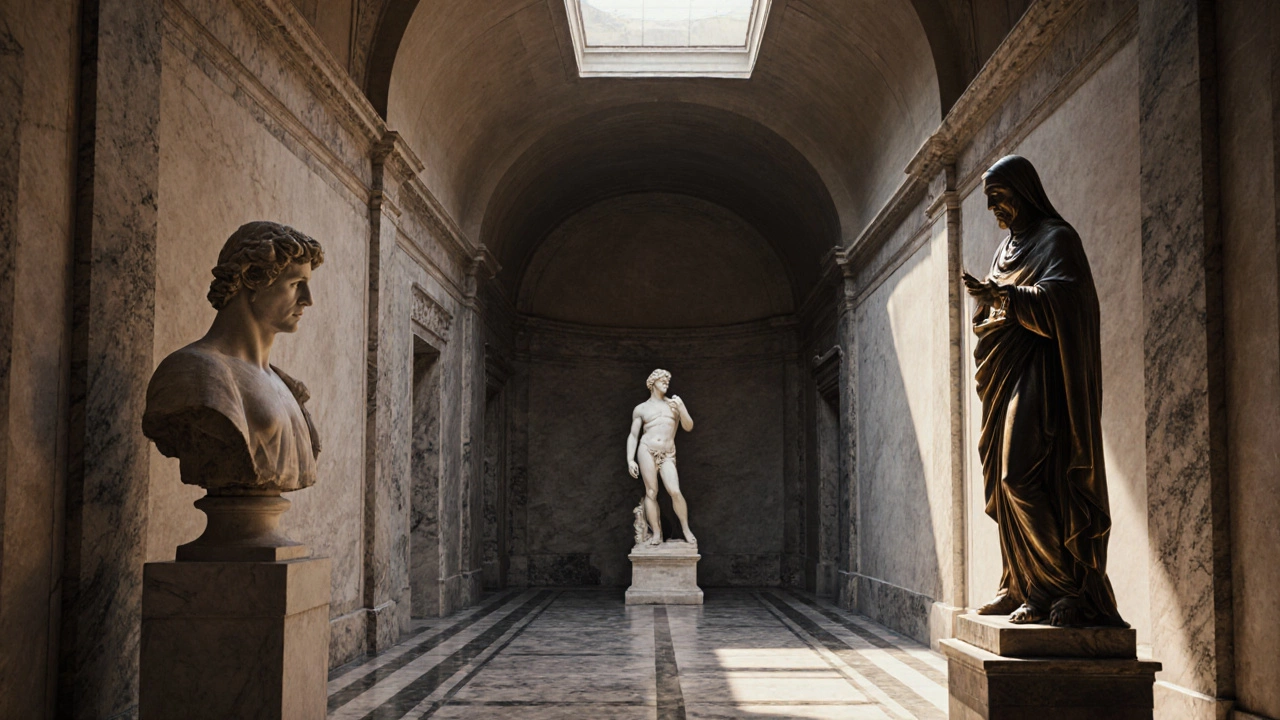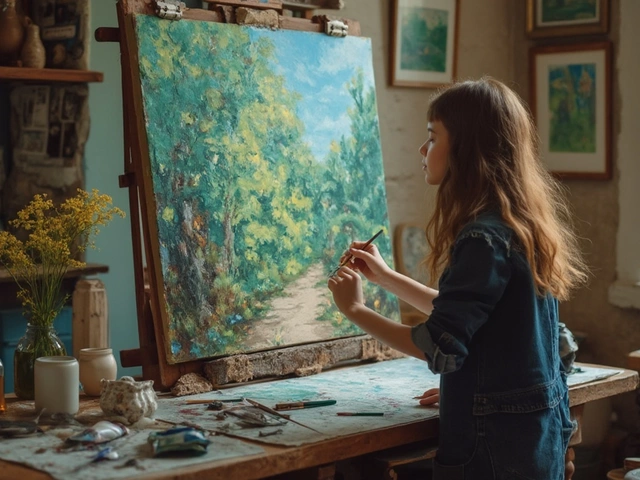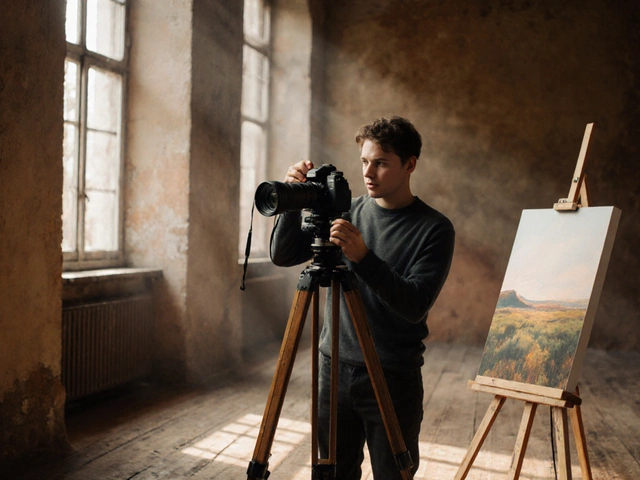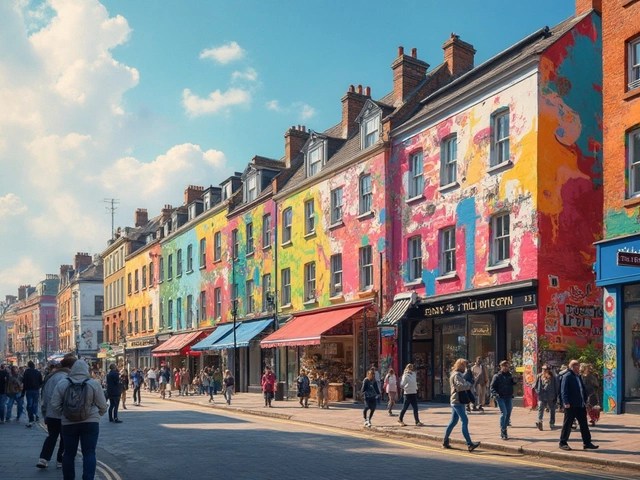Famous Sculptor Identifier
How It Works
Select a material and an iconic work from the dropdown menus to identify which famous sculptor created it. Each artist has a signature material and distinctive style.
Sculptor Showcase
Explore key sculptors and their signature techniques. Hover over each card to see more details.
Identify the Sculptor
Comparison Table
| Artist | Period | Signature Material | Iconic Work |
|---|---|---|---|
| Michelangelo | Renaissance (1500s) | Marble | David |
| Donatello | Early Renaissance | Bronze | David (bronze) |
| Bernini | Baroque | Marble | Ecstasy of Saint Teresa |
| Rodin | Late 19th – Early 20th C | Bronze | The Thinker |
| Moore | 20th C | Bronze | Reclining Figure |
| Hepworth | 20th C | Stone / Bronze | Single Form |
| Calder | Mid-20th C | Painted Steel | Moby-Dick (mobile) |
| Koons | Late 20th – 21st C | Stainless Steel | Balloon Dog |
| Kapoor | Contemporary | Polished Steel | Cloud Gate |
| Ai Weiwei | Contemporary | Porcelain | Sunflower Seeds |
Ever wondered which artists have left the biggest mark in the world of three‑dimensional art? This guide walks you through the most celebrated creators, their signature works, and how you can spot their style the next time you wander through a museum or a city square.
Key Takeaways
- Michelangelo, Rodin, and Henry Moore are among the most influential famous sculptors in history.
- Each artist is linked to a specific material or technique that defines their legacy.
- Knowing a few iconic works helps you recognize great sculpture wherever you see it.
- Visit both classic institutions (e.g., the Louvre, the Met) and public spaces to experience a wide range of sculptural styles.
- Use the comparison table below as a quick reference for artists, periods, and signature materials.
When we talk about a Sculptor is an artist who creates three‑dimensional works by carving, modeling, casting or assembling materials such as stone, metal, wood or mixed media, we’re looking at creators of statues, installations and everything in between.
Historical Giants: From the Renaissance to the Baroque
Michelangelo Buonarroti was a master of marble and an iconic figure of the High Renaissance. His David (1504) still draws crowds to Florence for its perfect anatomy and daring contrapposto pose. Michelangelo also sculpted the Pietà, a poignant marble masterpiece that shows his skill in rendering soft flesh from stone.
Donatello pioneered realistic perspective in the early 15thcentury. The bronze David (c.1440) is notable for being the first free‑standing nude statue since antiquity and for its youthful, almost playful expression.
Gian Lorenzo Bernini dominated the Baroque era with dynamic, theatrical works. His Ecstasy of Saint Teresa (1647-1652) combines marble carving with dramatic lighting, creating a sense of movement that still feels fresh today.
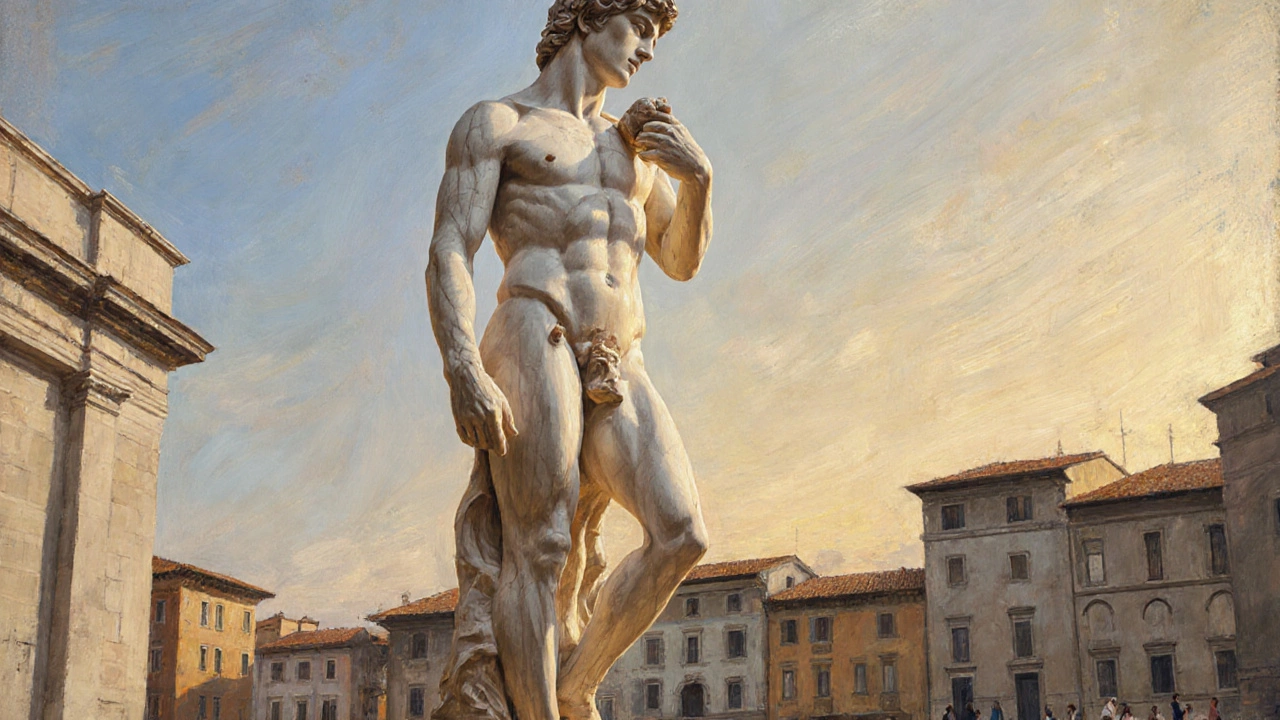
19th‑ and 20th‑Century Masters
Auguste Rodin is often called the father of modern sculpture. He broke away from idealized forms, favoring textured surfaces that catch light in unexpected ways. The Thinker (1902) and The Kiss (1882) exemplify his focus on raw human emotion.
Henry Moore championed abstracted, organic shapes that echo human bodies and landscapes. His large‑scale bronze “Reclining Figure” series, produced from the 1930s onward, became staples of public parks worldwide.
Barbara Hepworth shared Moore’s love for smooth, curving forms but emphasized the relationship between voids and solids. Her piece Single Form (1961) sits outside the United Nations headquarters, inviting viewers to walk through its central hole.
Alexander Calder introduced kinetic sculpture with his famous mobiles. By suspending metal shapes that move with the breeze, Calder turned sculpture into a constantly shifting performance.
Contemporary Trailblazers
Jeff Koons pushes the boundary between fine art and pop culture. His stainless‑steel “Balloon Dog” series (1994‑2000) mimics children’s party balloons while reflecting the material’s high‑gloss finish.
Anish Kapoor explores voids and reflective surfaces. Works like Cloud Gate (2004) in Chicago, a massive polished steel bean, create distorted reflections that engage viewers directly.
AiWeiwei mixes sculpture with activism. His installation Sunflower Seeds (2010) comprised millions of porcelain seeds handcrafted in Jingdezhen, commenting on mass production and individuality.
How to Spot an Artist’s Signature Style
- Material choice: Michelangelo favored marble; Rodin preferred bronze with visible tool marks; Calder used painted steel wire.
- Form language: Moore’s figures often look like smooth hills; Hepworth’s works contain strategic holes; Bernini achieved dramatic drapery.
- Technique: Donatello pioneered bronze casting; Koons uses highly polished finishes achieved through industrial processes.
- Contextual clues: Public sculptures tend to be large‑scale, durable (bronze, stainless steel), and often abstract - think of Henry Moore’s park installations.
When you notice these patterns, you’re basically reading the artist’s visual fingerprint.
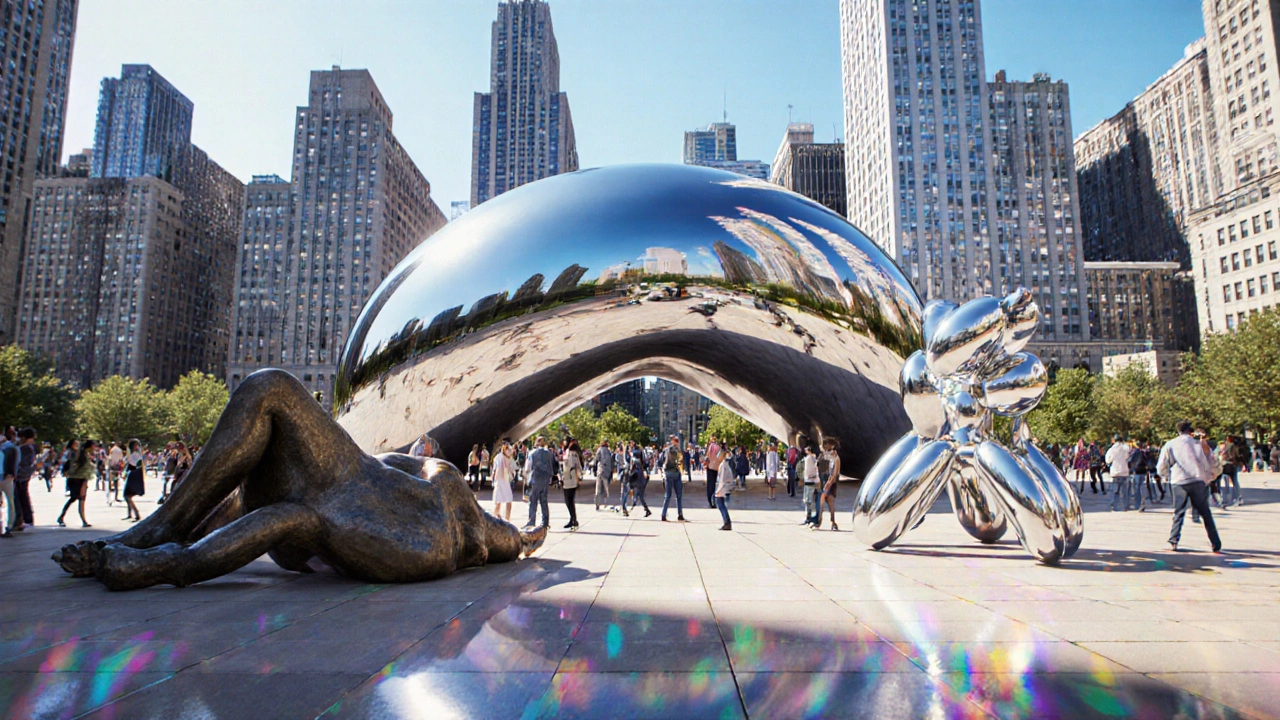
Quick Reference: Artists, Periods, Materials, Iconic Works
| Artist | Primary Period | Signature Material | Iconic Work |
|---|---|---|---|
| Michelangelo | Renaissance (1500s) | Marble | David |
| Donatello | Early Renaissance | Bronze | David (bronze) |
| Bernini | Baroque | Marble | Ecstasy of Saint Teresa |
| Rodin | Late 19th-Early 20thC | Bronze | The Thinker |
| Moore | 20thC | Bronze | Reclining Figure |
| Hepworth | 20thC | Stone / Bronze | Single Form |
| Calder | Mid‑20thC | Painted Steel | Moby‑Dick (mobile) |
| Koons | Late 20th-21stC | Stainless Steel | Balloon Dog |
| Kapoor | Contemporary | Polished Steel | Cloud Gate |
| AiWeiwei | Contemporary | Porcelain | Sunflower Seeds |
Tips for Exploring Sculpture in the Real World
- Start with major museums. The Louvre, the Met, and the British Museum have permanent collections that span from antiquity to modernism.
- Seek out public art. Cities like Chicago, Berlin, and Sydney place large works in parks and plazas - perfect for seeing pieces by Moore, Kapoor, or Calder up close.
- Use audio guides or apps. Most institutions provide commentary on material, technique, and historical context, making the viewing experience richer.
- Take notes on materials. Spotting bronze patina, marble veining, or polished steel helps you later match works to the artists listed above.
- Visit temporary exhibitions. Contemporary sculpture festivals (e.g., Venice Biennale, Art Basel) showcase emerging talents that may become tomorrow’s classics.
Frequently Asked Questions
Who is considered the greatest sculptor of all time?
Many scholars point to Michelangelo for his unrivaled mastery of marble and his ability to convey both physical perfection and deep emotion. His works, especially David and the Sistine Chapel sculptures, set a benchmark that still influences artists today.
What materials do famous sculptors typically use?
Classic sculptors favored marble (Michelangelo, Bernini) and bronze (Donatello, Rodin). In the 20thcentury artists expanded into steel (Calder, Kapoor), stone with abstract forms (Moore, Hepworth), and even industrial materials like stainless steel (Koons). The choice often reflects both the artist’s personal style and the era’s technological possibilities.
How can I tell if a sculpture is an original or a replica?
Originals usually show tool marks, patina variations, or subtle imperfections that mass‑produced copies lack. Museums often label replicas with terms like “copy” or “reproduction.” If you’re unsure, ask a curator or check the plaque for provenance details.
Where can I see the work of contemporary sculptors for free?
Many cities install public sculptures in parks, plazas, and university campuses. Look for works by Anish Kapoor (e.g., the Cloud Gate replica in Chicago’s Millennium Park), Jeff Koons’ balloon‑style pieces in outdoor festivals, and AiWeiwei’s installations in civic spaces.
What’s the difference between a statue and an abstract sculpture?
A statue usually depicts a recognizable figure-human, animal, or mythological-while an abstract sculpture focuses on shape, form, and material without aiming to represent a specific subject. Henry Moore’s “Reclining Figure” blurs the line, using organic curves that hint at a body without defining every detail.
